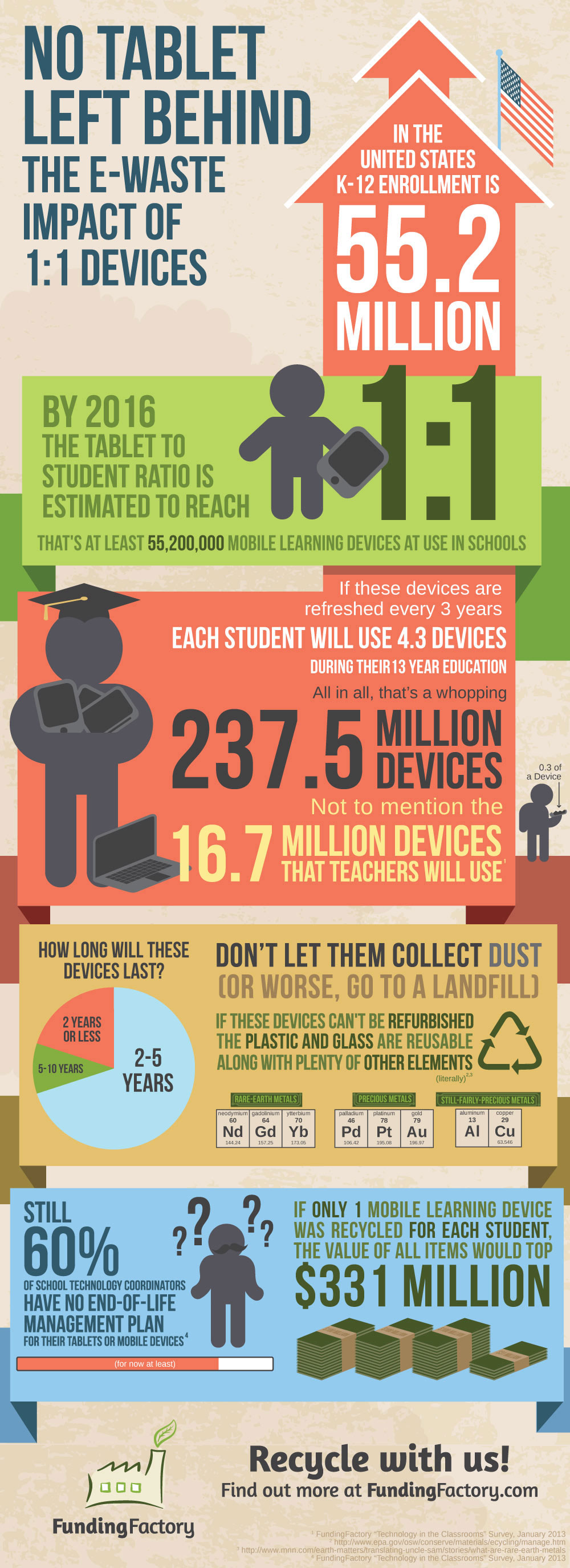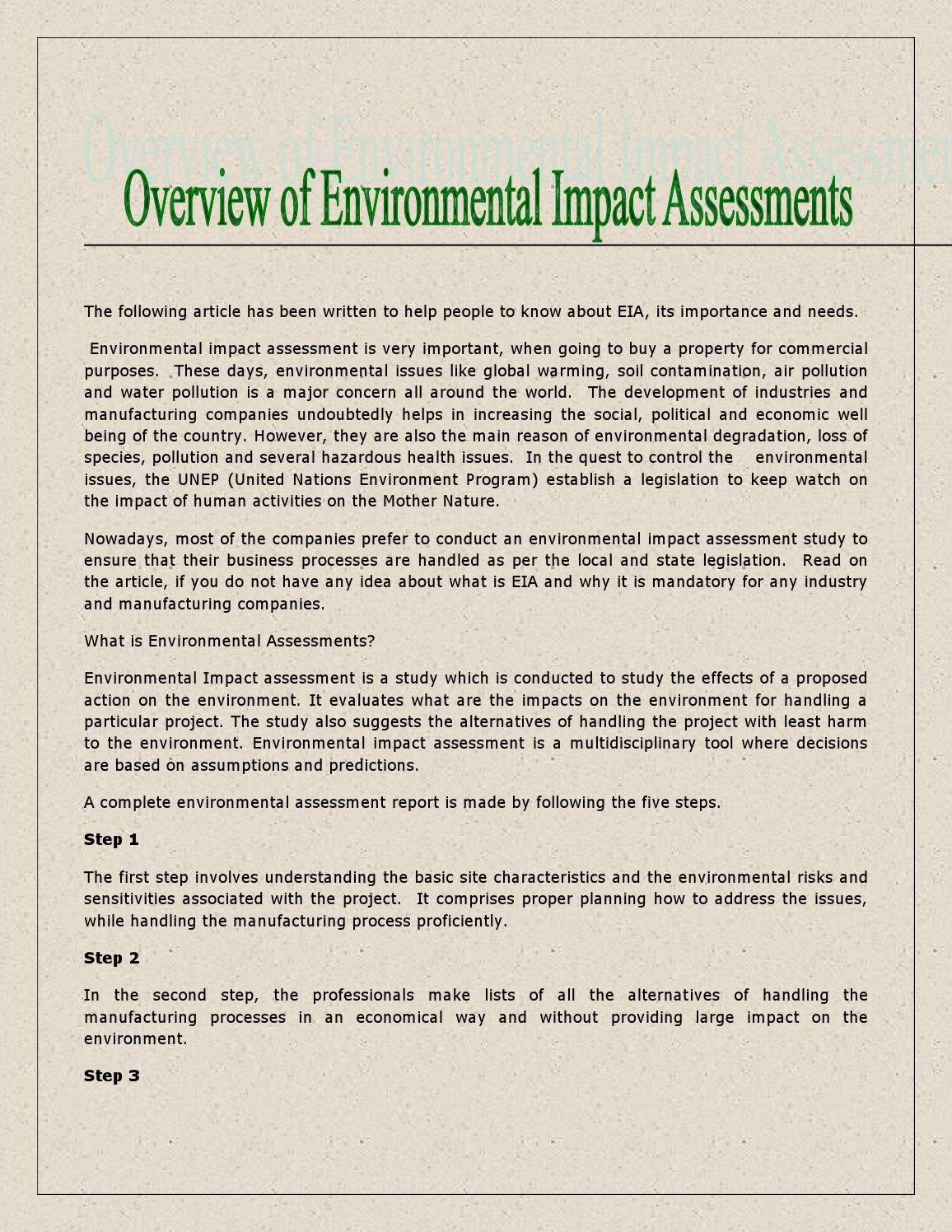The Environmental Impact Of CDN Technologies

Executive Summary

Content delivery networks (CDNs) are becoming increasingly popular as a way to improve the performance of websites and online applications. CDNs work by caching content on servers located around the world, which reduces the distance that data must travel to reach users. This can result in faster load times, improved streaming quality, and reduced buffering.

While CDNs offer many benefits, there is also some concern about their environmental impact. The energy consumption of CDNs is a major concern, as they use a significant amount of electricity to power their servers and network infrastructure. Additionally, the production of CDNs can result in greenhouse gas emissions.
Introduction
Content delivery networks (CDNs) are a critical part of the modern internet. They help to improve the performance of websites and online applications by caching content on servers located around the world. This reduces the distance that data must travel to reach users, resulting in faster load times, improved streaming quality, and reduced buffering.
While CDNs offer many benefits, there is also some concern about their environmental impact. The energy consumption of CDNs is a major concern, as they use a significant amount of electricity to power their servers and network infrastructure. Additionally, the production of CDNs can result in greenhouse gas emissions.
In this article, we will explore the environmental impact of CDNs and discuss some of the ways that CDN providers can reduce their environmental footprint.
FAQs
1. What is a CDN?
A CDN is a network of servers that deliver content to users based on their geographic location. This helps to improve the performance of websites and online applications by reducing the distance that data must travel to reach users.
2. Why are CDNs important?
CDNs are important because they help to improve the performance of websites and online applications. By caching content on servers located around the world, CDNs can reduce the distance that data must travel to reach users, resulting in faster load times, improved streaming quality, and reduced buffering.
3. What is the environmental impact of CDNs?
The environmental impact of CDNs is a major concern, as they use a significant amount of electricity to power their servers and network infrastructure. Additionally, the production of CDNs can result in greenhouse gas emissions.
Energy Consumption
The energy consumption of CDNs is a major concern. CDNs use a significant amount of electricity to power their servers and network infrastructure. This can contribute to greenhouse gas emissions, which can have a negative impact on the environment.
4. Use renewable energy sources. CDN providers can reduce their environmental impact by using renewable energy sources, such as solar and wind power, to power their servers and network infrastructure.
5. Improve energy efficiency. CDN providers can also improve their energy efficiency by using more efficient servers and network equipment.
6. Implement power management strategies. CDN providers can also implement power management strategies, such as turning off servers when they are not in use, to reduce their energy consumption.
Greenhouse Gas Emissions
The production of CDNs can also result in greenhouse gas emissions. These emissions are released during the manufacturing and transportation of CDN equipment.
7. Use sustainable materials. CDN providers can reduce their environmental impact by using sustainable materials, such as recycled plastics and metals, in the production of their equipment.
8. Optimize transportation. CDN providers can also optimize their transportation routes to reduce the environmental impact of their equipment shipments.
9. Offset emissions. CDN providers can also offset their emissions by investing in renewable energy projects or other environmental initiatives.
E-waste
CDNs can also contribute to e-waste. When CDN equipment reaches the end of its useful life, it is often disposed of in landfills, where it can leach harmful chemicals into the environment.
10. Implement recycling programs. CDN providers can reduce their environmental impact by implementing recycling programs for their old equipment.
11. Work with waste management companies. CDN providers can also work with waste management companies to develop sustainable disposal methods for their old equipment.
12. Design for durability. CDN providers can also design their equipment to be more durable, which can extend its lifespan and reduce the amount of e-waste generated.
Water Consumption
CDNs can also consume a significant amount of water. This water is used to cool the servers and other equipment that power CDN networks.
13. Use water-efficient cooling systems. CDN providers can reduce their water consumption by using water-efficient cooling systems, such as air-cooled servers and evaporative cooling.
14. Recycle wastewater. CDN providers can also recycle wastewater from their cooling systems to reduce their water consumption.
15. Use drought-tolerant landscaping. CDN providers can also use drought-tolerant landscaping around their data centers to reduce their water consumption.
Conclusion
CDNs offer many benefits, but there is also some concern about their environmental impact. The energy consumption of CDNs is a major concern, as they use a significant amount of electricity to power their servers and network infrastructure. Additionally, the production of CDNs can result in greenhouse gas emissions.
CDN providers can reduce their environmental impact by using renewable energy sources, improving their energy efficiency, implementing power management strategies, using sustainable materials, optimizing transportation, offsetting emissions, implementing recycling programs, working with waste management companies, designing for durability, using water-efficient cooling systems, recycling wastewater, and using drought-tolerant landscaping.
By taking these steps, CDN providers can reduce their environmental impact and help to protect the planet.
Keyword Tags
- CDN
- Environmental impact
- Energy consumption
- Greenhouse gas emissions
- E-waste



